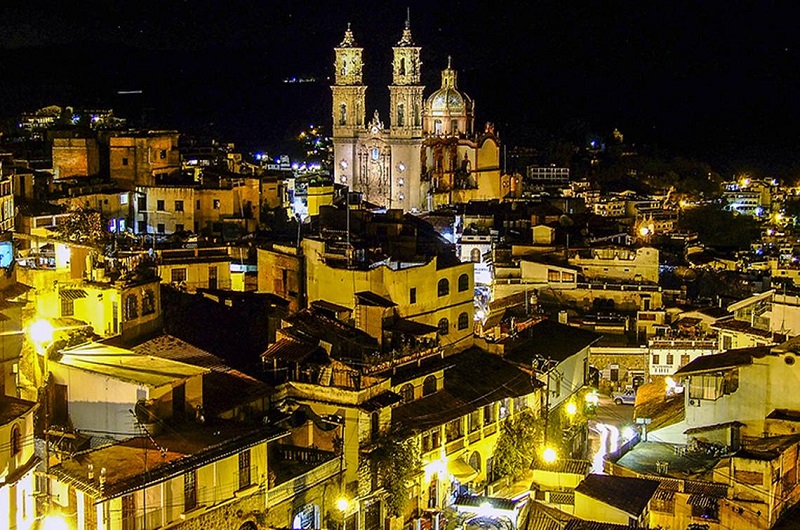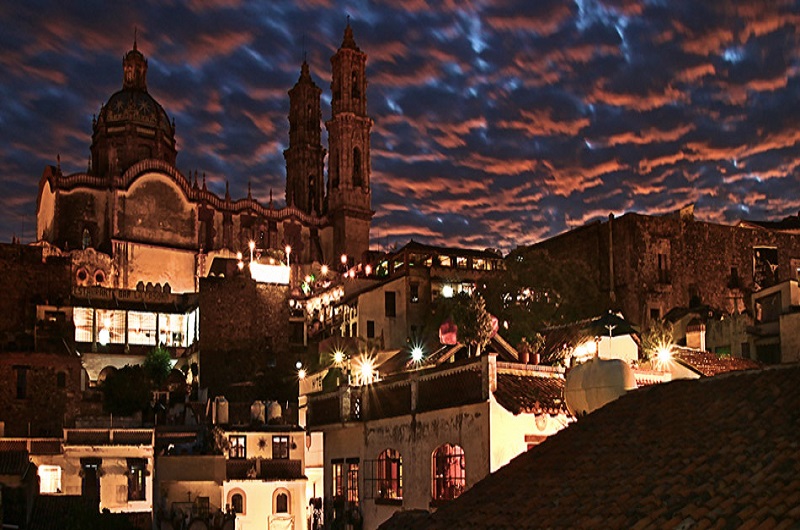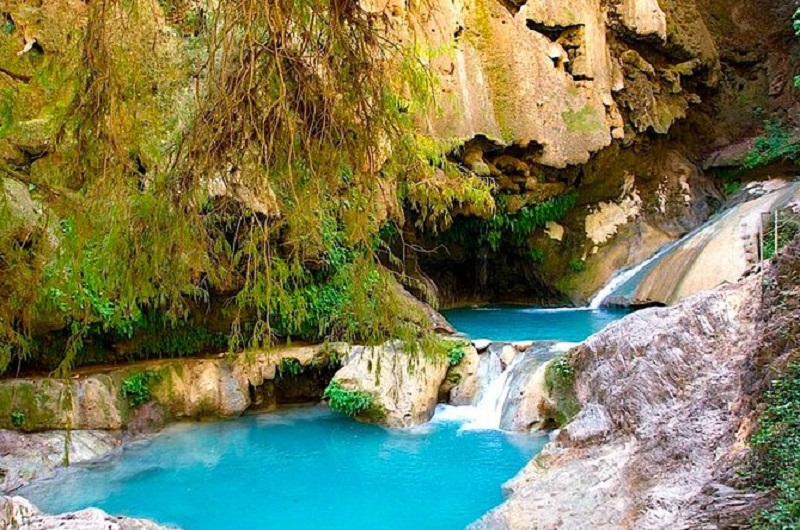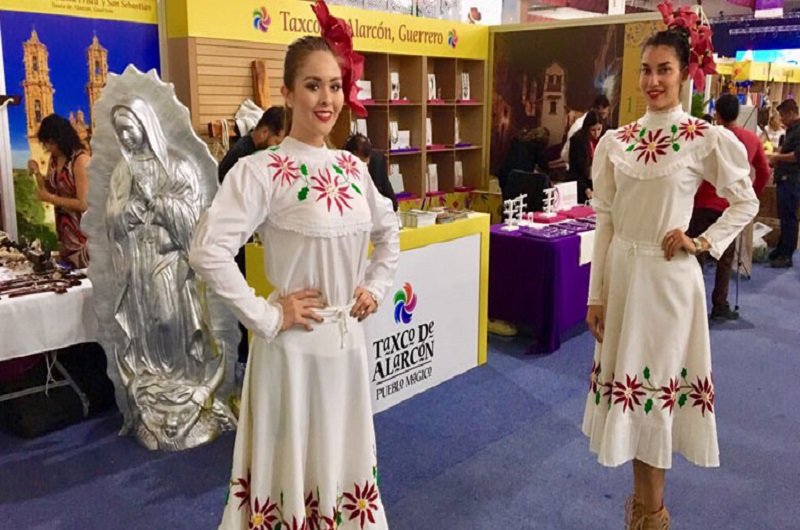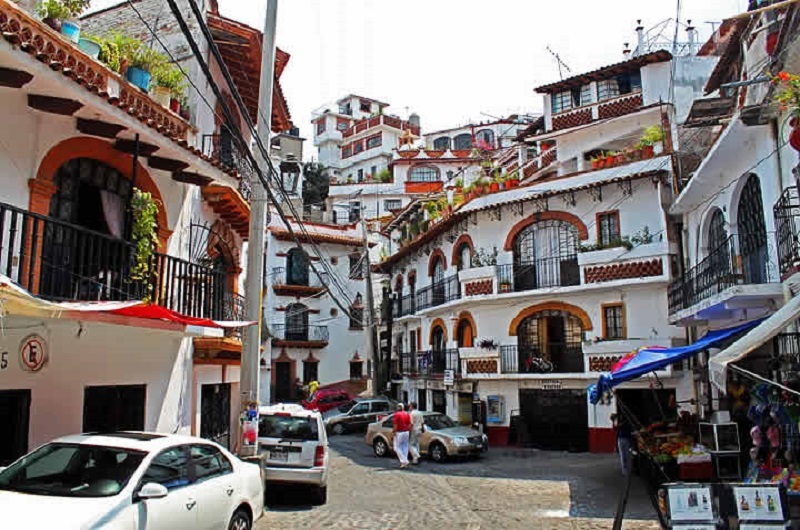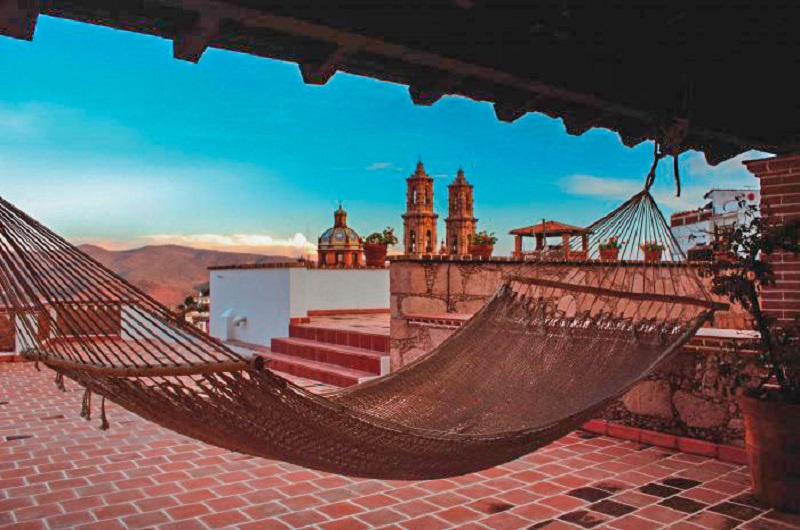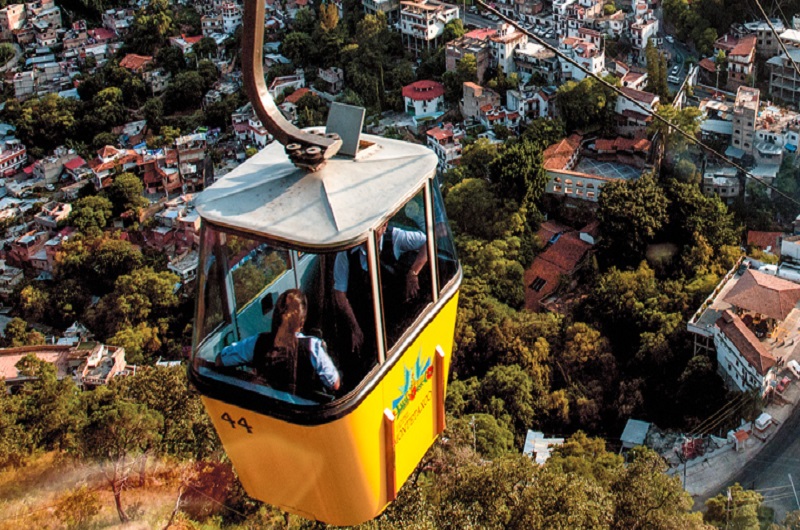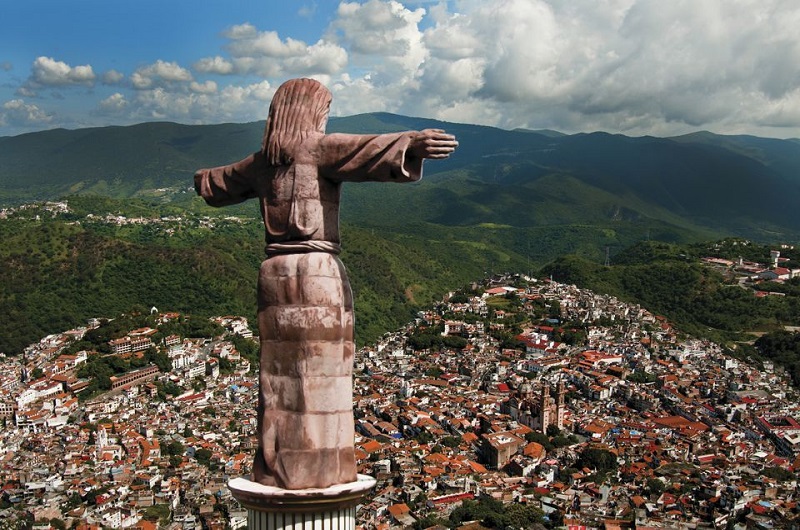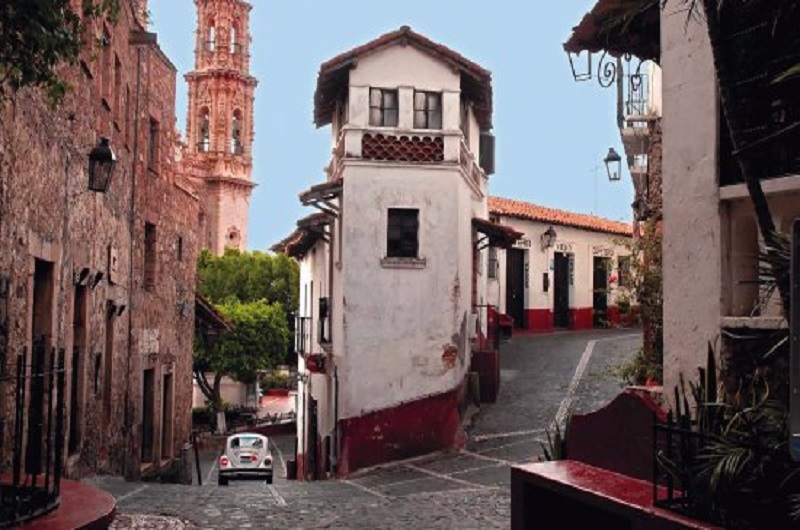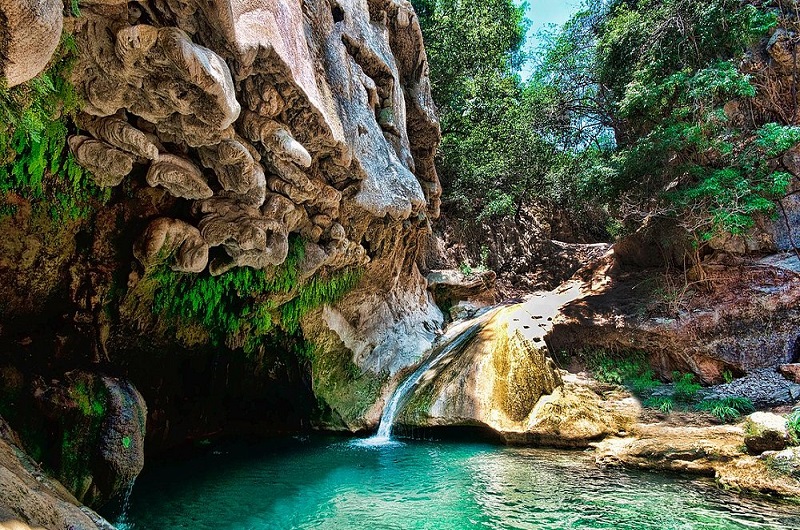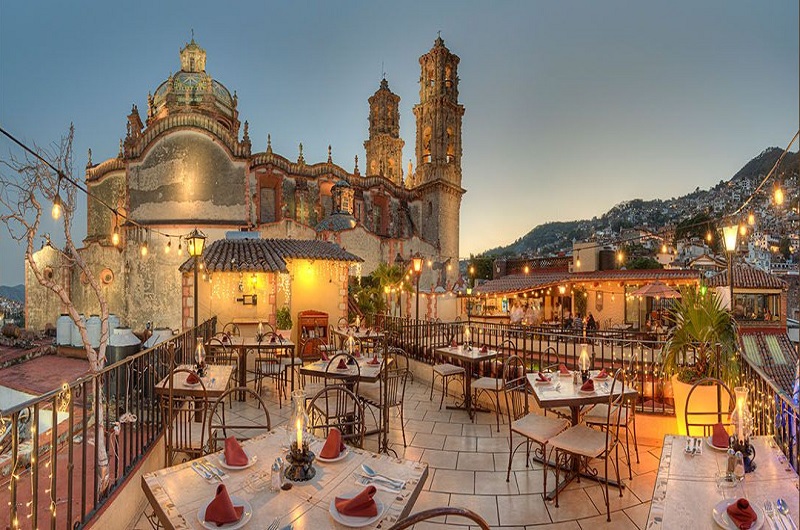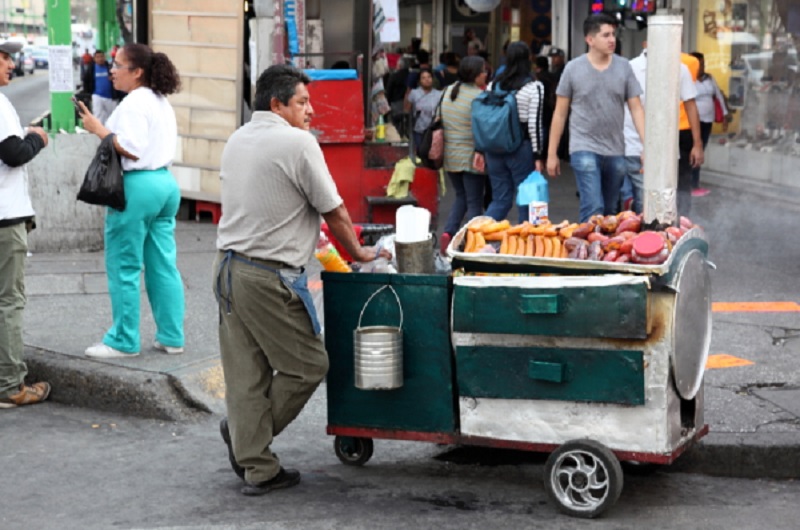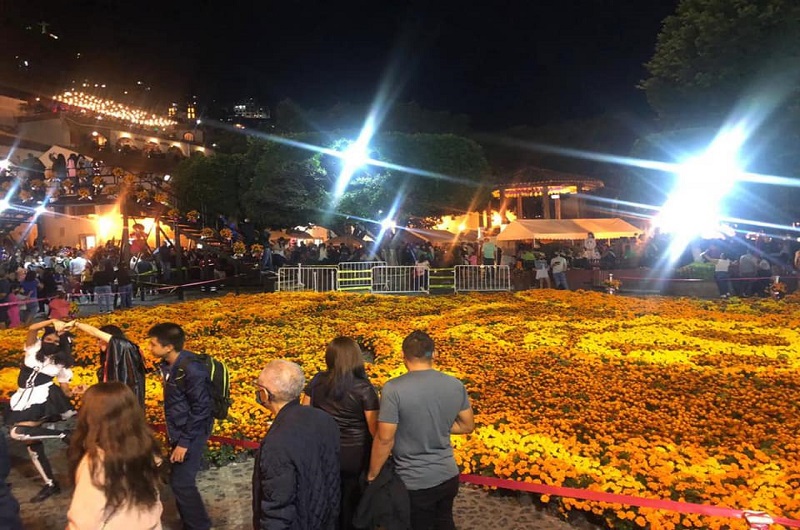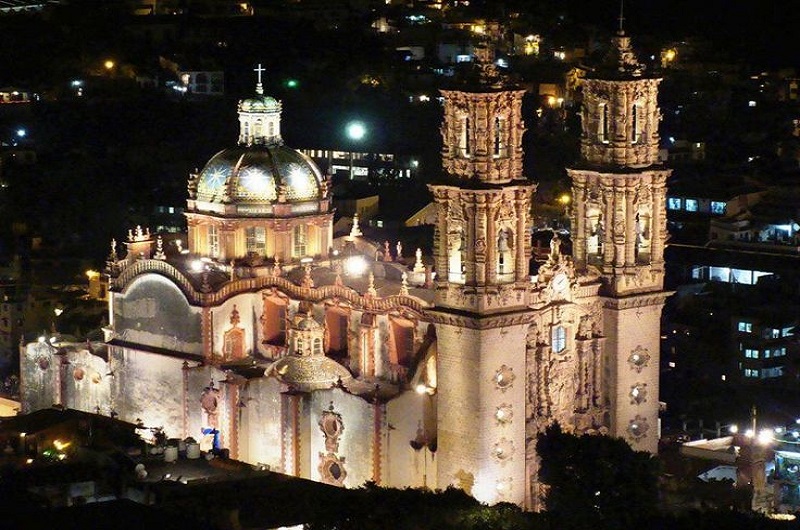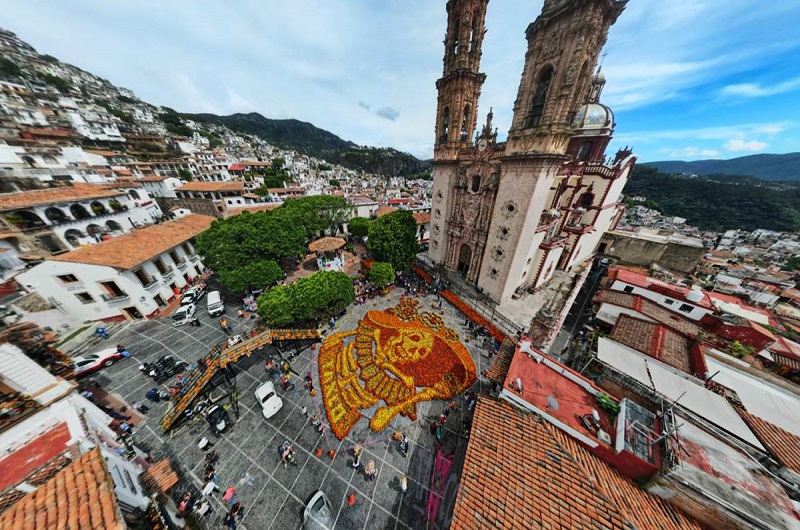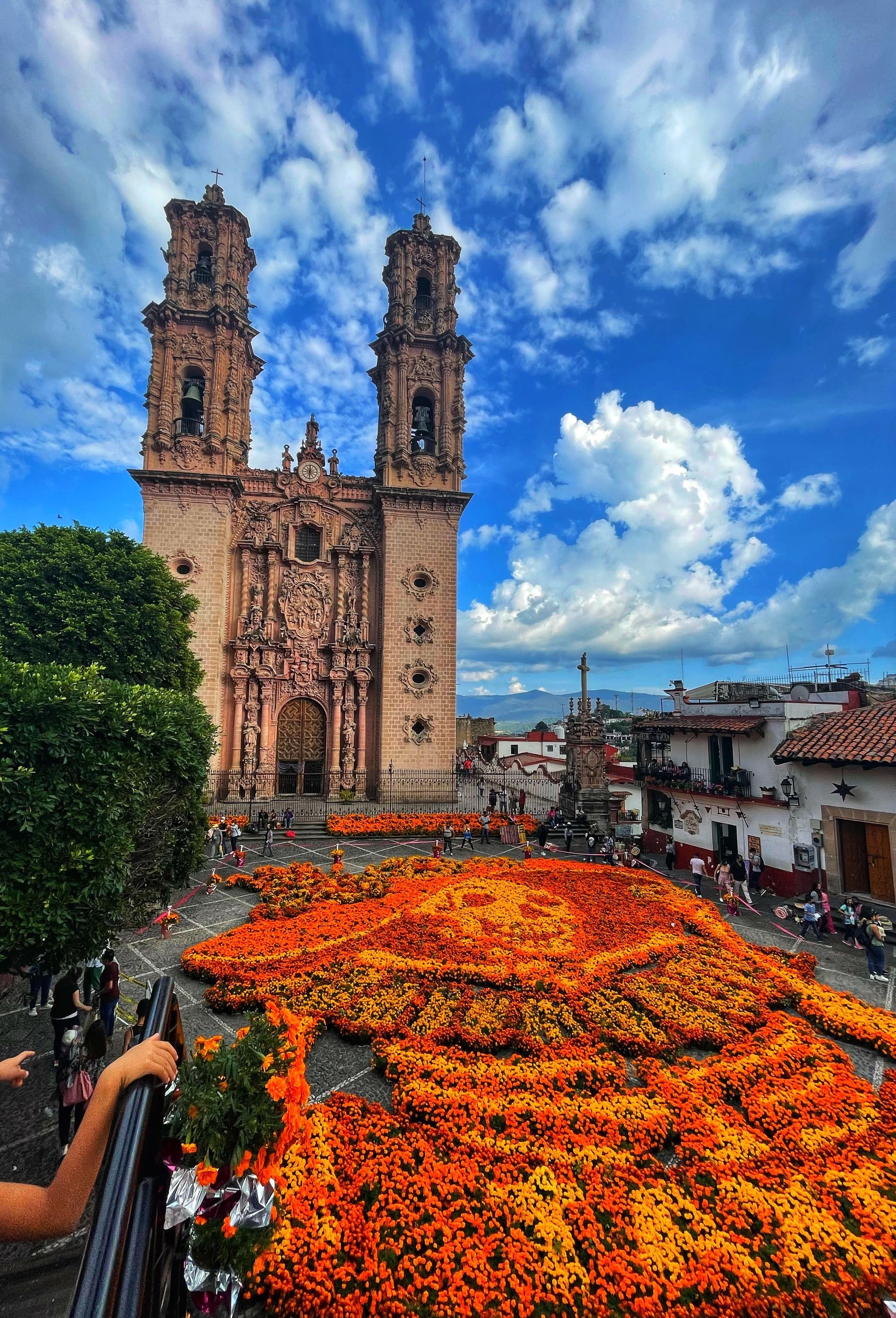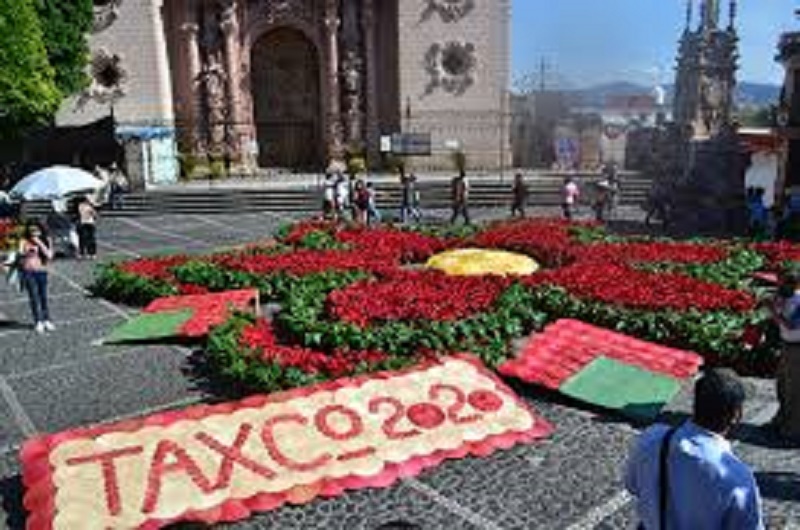14 days-Charming magical
Taxco de Alarcón
14 days-Charming magical town of Taxco de Alarcón
Taxco de Alarcón, located in the north of the state of Guerrero, owes its name to the word of Nahuatl origin, tlachtli, which means: ball game and the place co, so Taxco can translate into Spanish as the place where the game is played the ball or location of the ball game . Another version assures that its name derives from the word Tatzco, which means: where the father of water is because it is at the foot of the hill called Atatzin. It should be noted that the Alarcón Attaché was assigned in honor of the famous Taxco writer and playwright , Juan Ruiz de Alarcón.
Taxco is of pre-Hispanic indigenous origin and has already been identified as a population with important human settlements prior to the conquest . However, the architecture and urban traffic we can have in Taxco today are largely due to its past mining and colonial times. The Spaniards, who recently came to the area around ancient Taxco in search of mineral-rich veins , built their first settlements in an area called Tetelcingo (Little Hill) in Nahuatl). Because of its proximity to the richest deposits and its favorable climate for mining, it was precisely where the capital that mining began was obtained.
To enable organized settlements and increasingly diverse activities, which in turn are reflected in the growing urban area and in the apparent architectural complexity, and to acquire the constructions that create the Taxco that we can visit today.
In the streets of this city you can see the beautiful palaces of the Spanish period, as well as baroque monuments , beautiful whitewashed houses and courtyards full of flowers . Taxco became a famous place for the great wealth of silver mining in the 16th century . Currently, the craft shops, markets and workshops are moving Shopping fans from different parts of the world. In 2015, the city became one of the magical cities of Mexico due to its historical importance, mining heritage and natural beauty . The Plaza Borda (the Zócalo) is a beautiful public space surrounded by architectural treasures, bars, cafes and souvenir shops . Have fun with the street performers and listen to the vendors of different products . Visit the magnificent baroque structure of the Santa Prisca Cathedral and see the huge ones Double bell towers.
Learn about the history of silver mining at the Museo de la Plata . See contemporary plays and art exhibits at the Casa Borda Cultural Center. Stroll the narrow streets that begin at Plaza Borda to discover other parts of this beautiful colonial urban landscape . A variety of silver items such as jewelry and inlaid ceramic items can be found in shops and studios . The Tianguis de Plata is full of cheap silver souvenirs. Stroll among the colorful stalls of the Central market.
Taxco de Alarcón
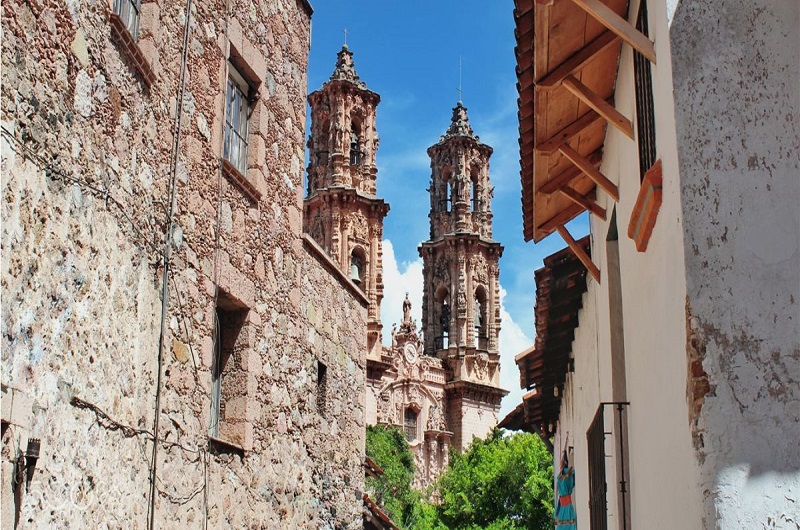
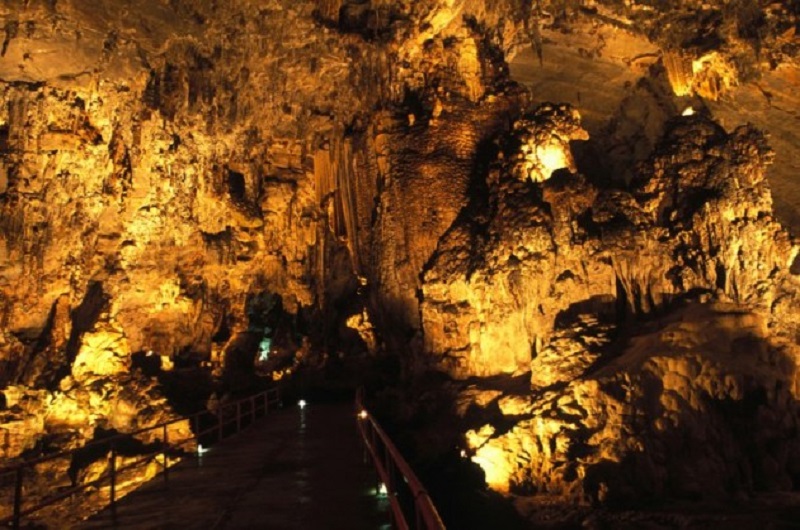
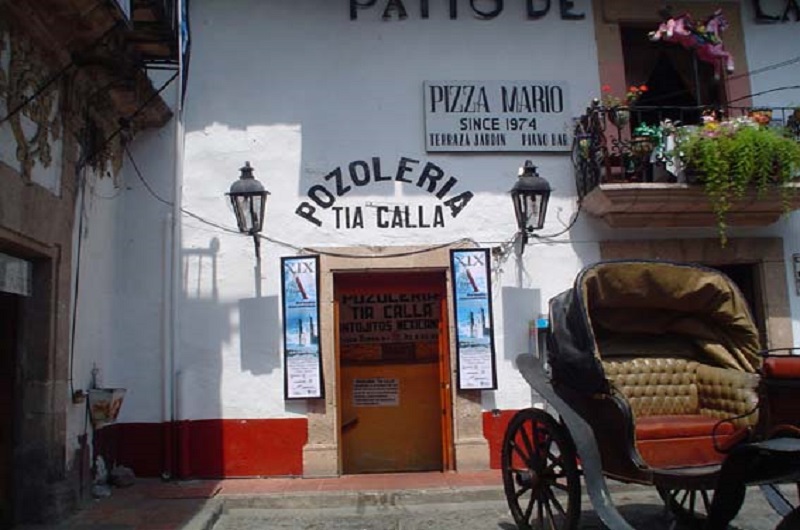
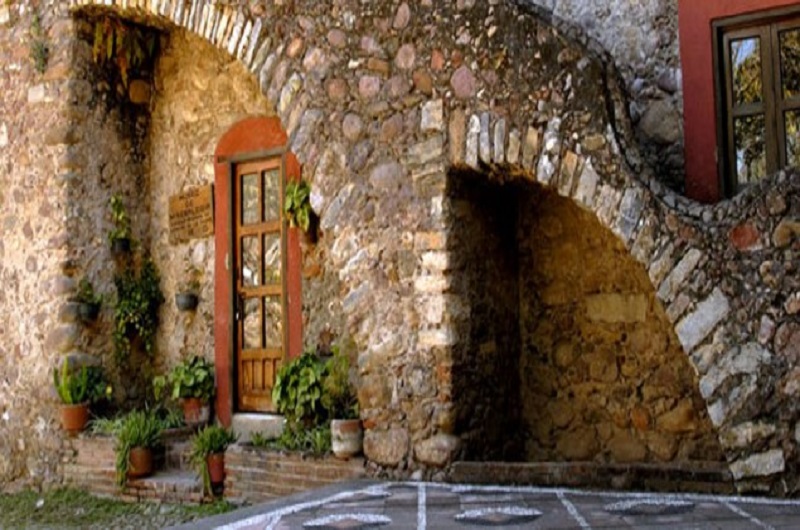
Taxco is of pre-Hispanic indigenous origin and has already been identified as a population with important human settlements prior to the conquest . However, the architecture and urban traffic we can have in Taxco today are largely due to its past mining and colonial times. The Spaniards, who recently came to the area around ancient Taxco in search of mineral-rich veins , built their first settlements in an area called Tetelcingo (Little Hill) in Nahuatl). Because of its proximity to the richest deposits and its favorable climate for mining, it was precisely where the capital that mining began was obtained.
To enable organized settlements and increasingly diverse activities, which in turn are reflected in the growing urban area and in the apparent architectural complexity, and to acquire the constructions that create the Taxco that we can visit today.
In the streets of this city you can see the beautiful palaces of the Spanish period, as well as baroque monuments , beautiful whitewashed houses and courtyards full of flowers . Taxco became a famous place for the great wealth of silver mining in the 16th century . Currently, the craft shops, markets and workshops are moving Shopping fans from different parts of the world. In 2015, the city became one of the magical cities of Mexico due to its historical importance, mining heritage and natural beauty . The Plaza Borda (the Zócalo) is a beautiful public space surrounded by architectural treasures, bars, cafes and souvenir shops . Have fun with the street performers and listen to the vendors of different products . Visit the magnificent baroque structure of the Santa Prisca Cathedral and see the huge ones Double bell towers.
Learn about the history of silver mining at the Museo de la Plata . See contemporary plays and art exhibits at the Casa Borda Cultural Center. Stroll the narrow streets that begin at Plaza Borda to discover other parts of this beautiful colonial urban landscape . A variety of silver items such as jewelry and inlaid ceramic items can be found in shops and studios . The Tianguis de Plata is full of cheap silver souvenirs. Stroll among the colorful stalls of the Central market.
Taxco de Alarcón




See religious works of art such as dedications to the city's cathedral at the Casa Humboldt (Museum of Viceroyal Art) . See pre-Columbian art and ceramics left by the American silversmith William Spratling at the Guillermo Spratling Museum . Learn about the legends of various ghostly events byvisitingthe Figueroa House Museum .
We will pamper you here in Taxco with 11 tours, your private driver guide will accompany you to your destinations. The tours have been planned so that you have enough free time and time for sightseeing. This gives you a perfect opportunity to get to know and enjoy life in Taxco.
At the bottom of our website you will find a detailed picture gallery.
With us you will see and enjoy the following sights and attractions. Your hotel stays are upscale middle-class hotels, with these stays, Cable car
This attraction makes Taxco a unique magical city. With approx. 175 mts. High. Experience the beautiful mountain town of Taxco from above on this “Teleferico” cable car ride. Get on the Swiss-built gondola of the Barrio Los Arcos and climb 173 m away from the Hotel Montetaxco. Admire an incomparable panoramic view of this picturesque silver mining town and enjoy a delicious lunch on the hotel terrace. Take in scenic views of the Taxco countryside on the Teleferico cable car. Relax on the terrace of Hotel Montetaxco and enjoy a delicious lunch. Get a different perspective of this beautiful mountain town in the mining industry. Capture unforgettable panoramic images high above the city .
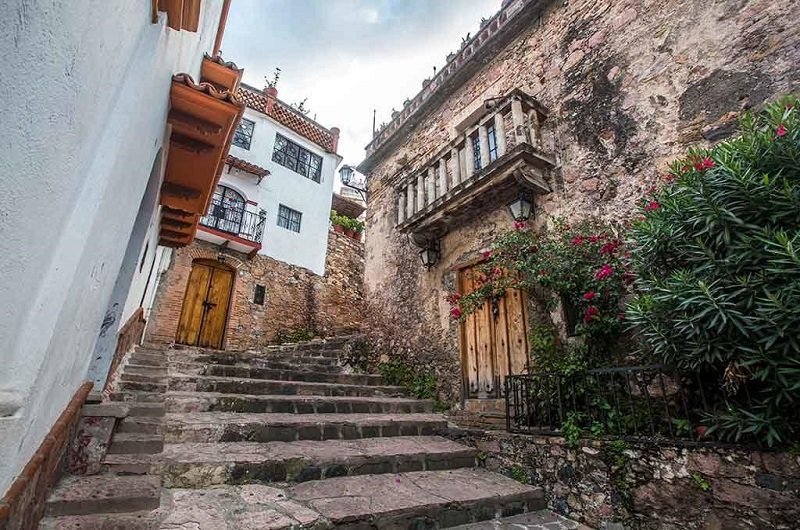
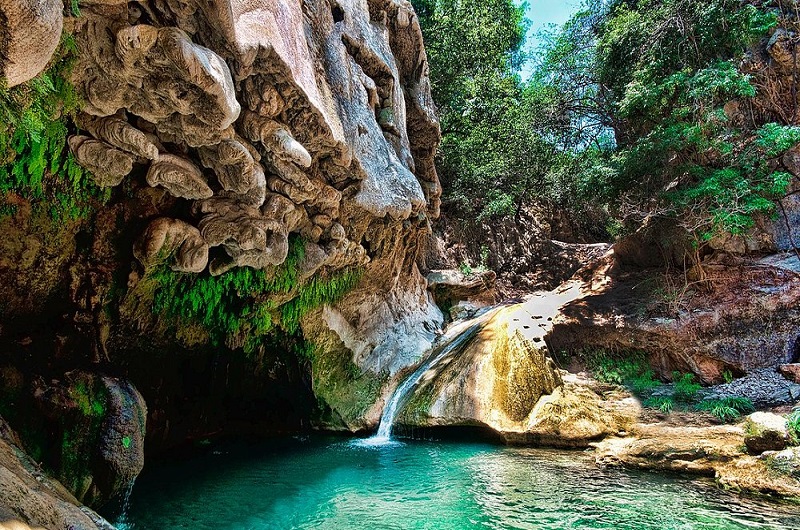

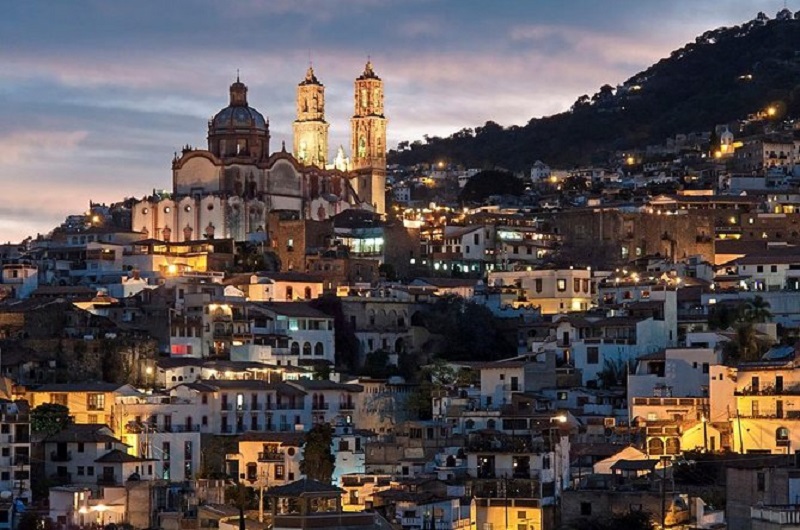
We will pamper you here in Taxco with 11 tours, your private driver guide will accompany you to your destinations. The tours have been planned so that you have enough free time and time for sightseeing. This gives you a perfect opportunity to get to know and enjoy life in Taxco.
At the bottom of our website you will find a detailed picture gallery.
With us you will see and enjoy the following sights and attractions. Your hotel stays are upscale middle-class hotels, with these stays, Cable car
This attraction makes Taxco a unique magical city. With approx. 175 mts. High. Experience the beautiful mountain town of Taxco from above on this “Teleferico” cable car ride. Get on the Swiss-built gondola of the Barrio Los Arcos and climb 173 m away from the Hotel Montetaxco. Admire an incomparable panoramic view of this picturesque silver mining town and enjoy a delicious lunch on the hotel terrace. Take in scenic views of the Taxco countryside on the Teleferico cable car. Relax on the terrace of Hotel Montetaxco and enjoy a delicious lunch. Get a different perspective of this beautiful mountain town in the mining industry. Capture unforgettable panoramic images high above the city .
Taxco de Alarcón




Day 1
Taxco de Alarcón
Arrival
You Visit to Visit Taxco de Alarcón - Day 1 - Arrival Hotel
Day 2
Santa Prisca parish
Obviously in the Baroque style, it was considered the tallest building in all of Mexico in its time. It was to be built entirely to the taste of the then wealthiest mining company in the region, José de la Borda, who financed the construction, the unique quality it took 7 years: between 1751 and 1758. Currently, it is not just one of the main tourist attractions in Taxco, but also a place of religious worship dedicated to Santa Prisca, the patron saint of the city, and which is said to have had its wonderful appearance. in 1751.
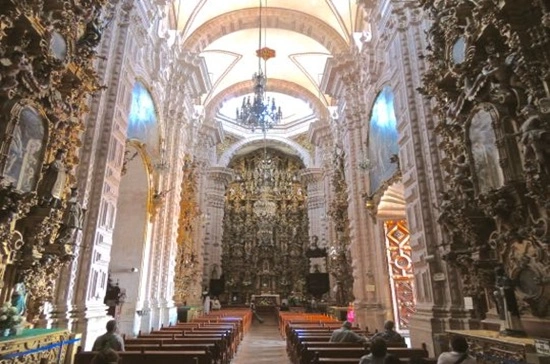

Day 3
Former monastery of San Bernardino de Siena
This simple monastery was built in 1592 by the Franciscan Franciscan Francisco de Torantos. It is currently the religious building in Taxco that contains the most religious imagery that includes two Christians in whom there is tremendous devotion in the city: the Christ de los Plateros and the Lord of the Holy Burial. One of the most important historical events in the former monastery occurred in 1821 and has to do with the drafting of the Iguala plan by Agustín de Iturbide.
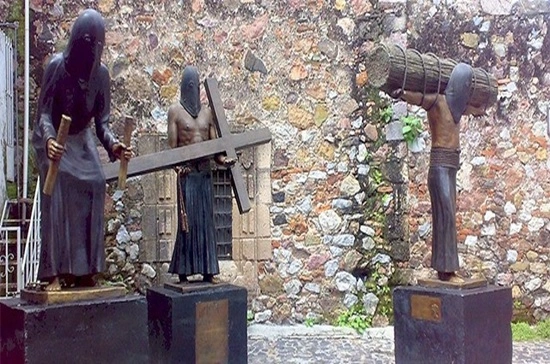

Day 4
Statues to celebrate Holy Week
On the back of the former monastery temple there are three impressive sculptures forged in iron, which refer to representative characters of Holy Week, in which the encruzado, the penitent and the Ánima Taxqueña are located.
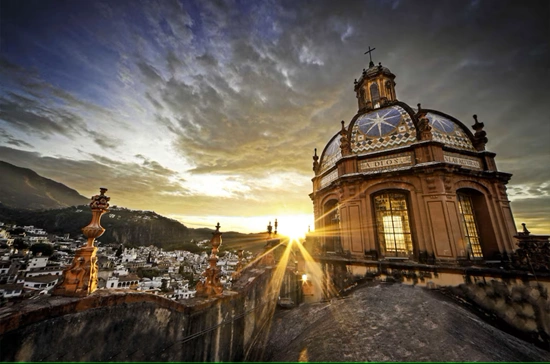

Day 5
Viewpoint of the Christ of Taxco
With a height of 5 meters, from the top of the Cerro de Atachi, the Cristo del Mirador or the Cristo taxqueño, from the top to the city as a guardian who protects the tranquility of the city. The lookout point where the monumental Christ is located is a place that is undoubtedly impossible to miss when visiting Taxco due to the spectacular views of the entire city and the surrounding area.


Day 6
Taxco pre-Hispanic mine
Considered the first pre-Hispanic mine in the country, it is another tourist attraction that makes Taxco a unique place. It was recently discovered in 2014 in the immediate vicinity of the Hotel Posada de la Misión, while maintenance was being carried out on it. What makes this mine so attractive and unique? The answer is that it is because it was found in remains of tools used in pre-Hispanic times, as well as in silver deposits that have remained intact since then, all in an almost unexplored space flooded with a halo of mysticism is.
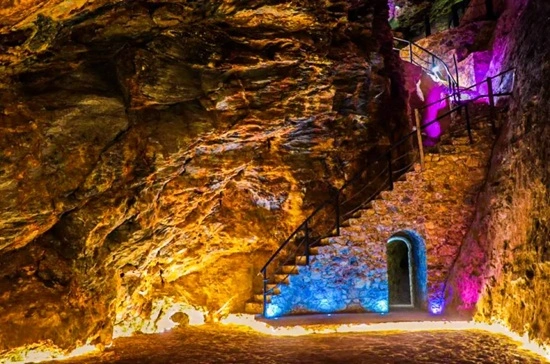

Day 7
Atzala Blue Pools
There are the turquoise pools of Atzala (In Nahuatl, "in the middle of the water") they are an indispensable tourist destination. It is a natural water park consisting of 7 pools surrounded by waterfalls and natural rock formations. Without a doubt, the Pozas de Atzala are an ideal tourist attraction to enjoy its natural beauty as a family or as a couple.
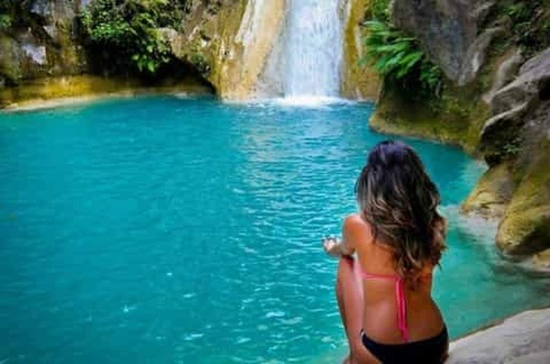

Day 8
Cacahuamilpa grottos, the huge stalactite caves are up to 80 m high.
Cacahuamilpa is a Nahuatl word which means "in the peanut fields" or a fertile place for growing peanuts. In Chontal it was called Cocoyohuatl and was known as an important ceremonial center. Currently, however, the Cacahuamilpa Grottoes offer a unique spectacle for tourists in search of adventure. The cave consists of a single gallery divided into 19 rooms filled with stalactites and stalagmites, which are given different names depending on the shape of their rocks, e.g. B. "Elephant Trunk", "Kiss" and "The Thrones."
On the obligatory tour, National Park Parque Nacional Grutas de Cacahuamilpa is carried out.
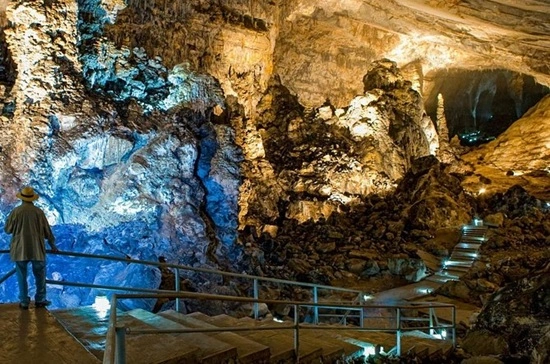

Taxco de Alarcón
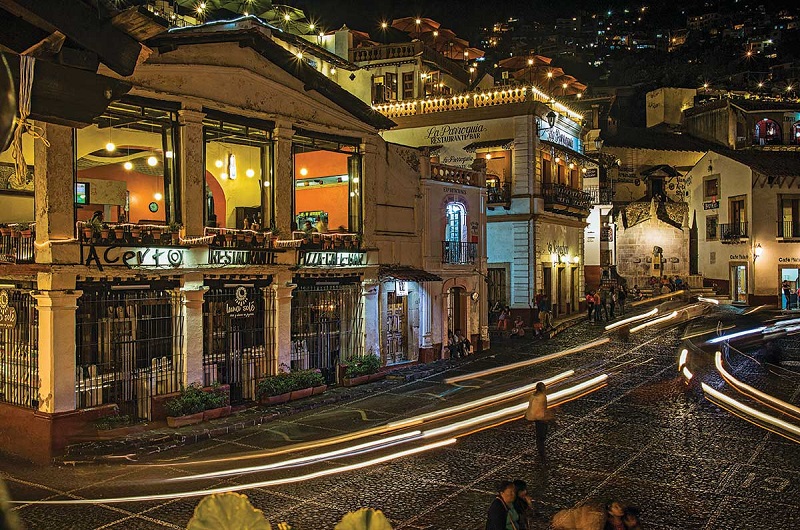

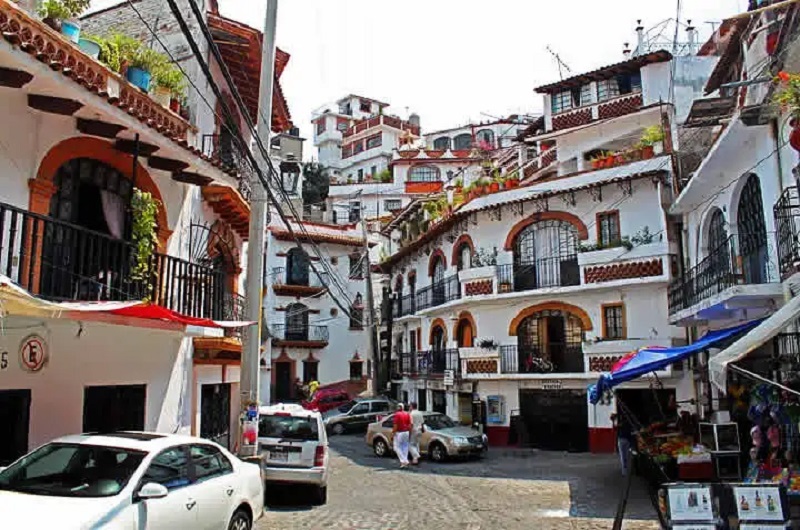
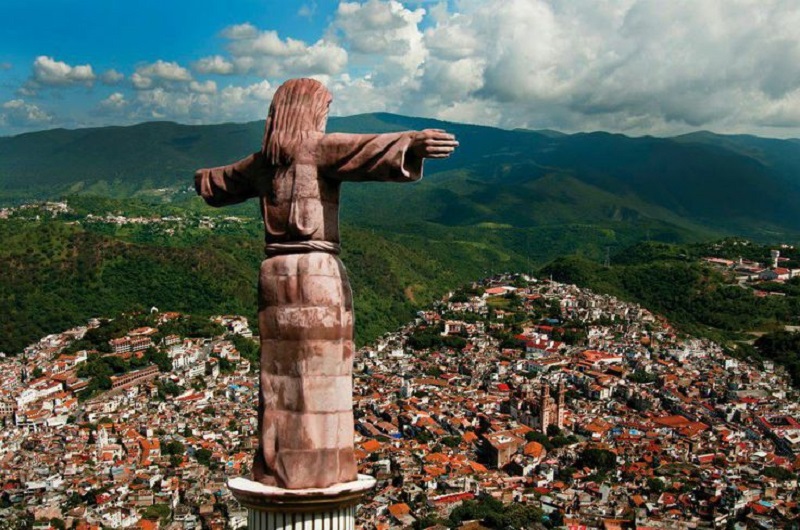
Day 9
William Spratling Museum
This museum owes its name to William Spratling, who has lived in the city since 1929 and started out as a silversmith in Taxco and opened his own silver workshop in 1931. Spratling was not only a virtuous silversmith, but also devoted part of his life and work to collecting pre-Hispanic pieces from the Olmec and Mexican cultures, which reached around 2,000 objects. After his death in 1975 the museum was created that today bears his name and houses and exhibits works by Spratling as well as the Olmec and Mexican cultures.
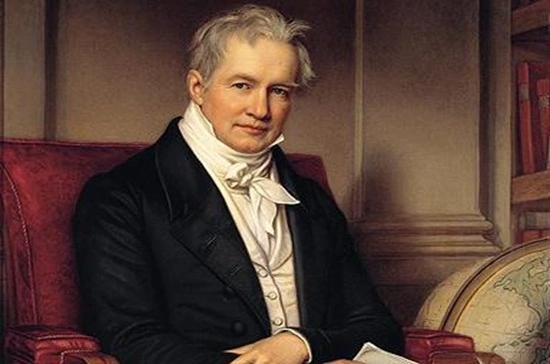

Day 10
Free day
Free day
Day 11
Carriage rides
As an additional attraction and mobility option, horse-drawn carriage rides are offered in the city. Without a doubt, an ideal option for those who want to live like in colonial Mexico.
Day 12
Former hacienda of San Juan Bautista
A construction resembling a medieval castle camouflaged between the hills. Its main function was the use of metals, which was to be built by Hernán Cortés and completed in 1543. It is currently a must-see tourist destination.
Taxco de Alarcón
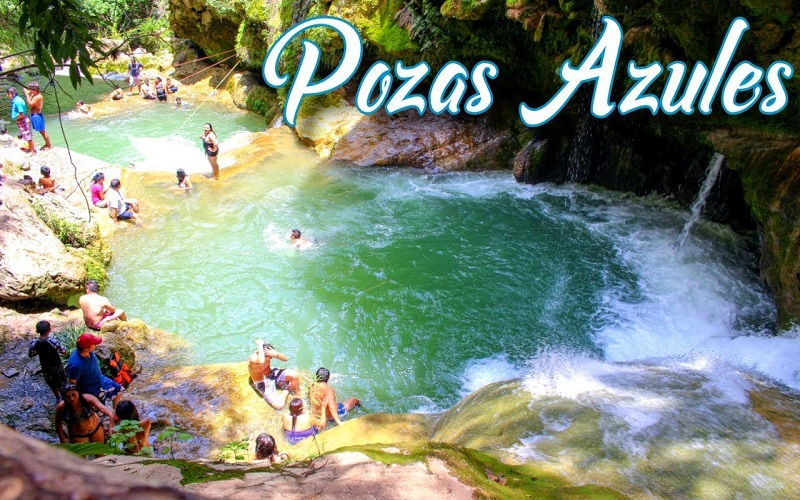
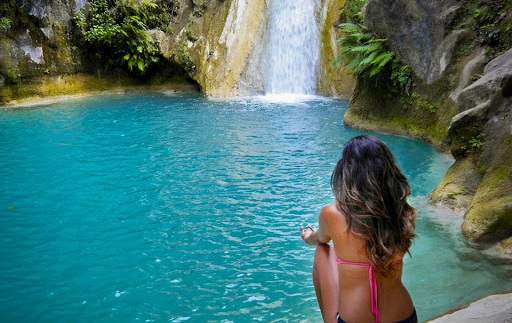
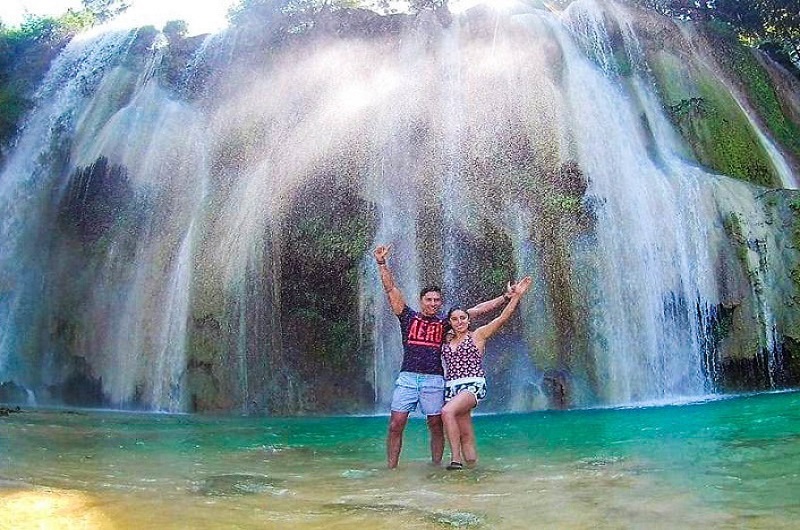

Day 13
Free Day
Free day
Day 14
Departure
is the departure to Mexico City
Travel information about the tour
Included services
➥ PROFESSIONAL TOUR GUIDE (request)
➥ LOCAL GUIDE
➥ 13 nights in the hotel Taxco de Alarcón
➥ Santa Prisca parish
➥ Cable car
➥ Former monastery of San Bernardino de Siena
➥ Statues to celebrate Holy Wee
➥ Viewpoint of the Christ of Taxco
➥ Taxco pre-Hispanic mine
➥ Atzala Blue Pools
➥ Cacahuamilpa grottos
➥ William Spratling Museum
➥ Carriage rides
➥ Former hacienda of San Juan Bautista
➥ Connection booking possible to other magical cities
➥ TRANSPORT FROM CENTRAL MEETING POINTS in CDMX (HOTEL) for you alone
➥ ENDS AT THE ORIGINAL MEETING POINT only for you alone
➥ REFRESHING DRINKe
Languages: English, Spanish,
Charming magical town of Taxco de Alarcón
Tour Duration: 14 days
Price: US Dollar $ 9.237,88
Exclusive services
➥ TIPPING
➥ Visits that are not listed
➥ Food and drink that are not listed
may have a positive discount on your booking
Taxco de Alarcón
